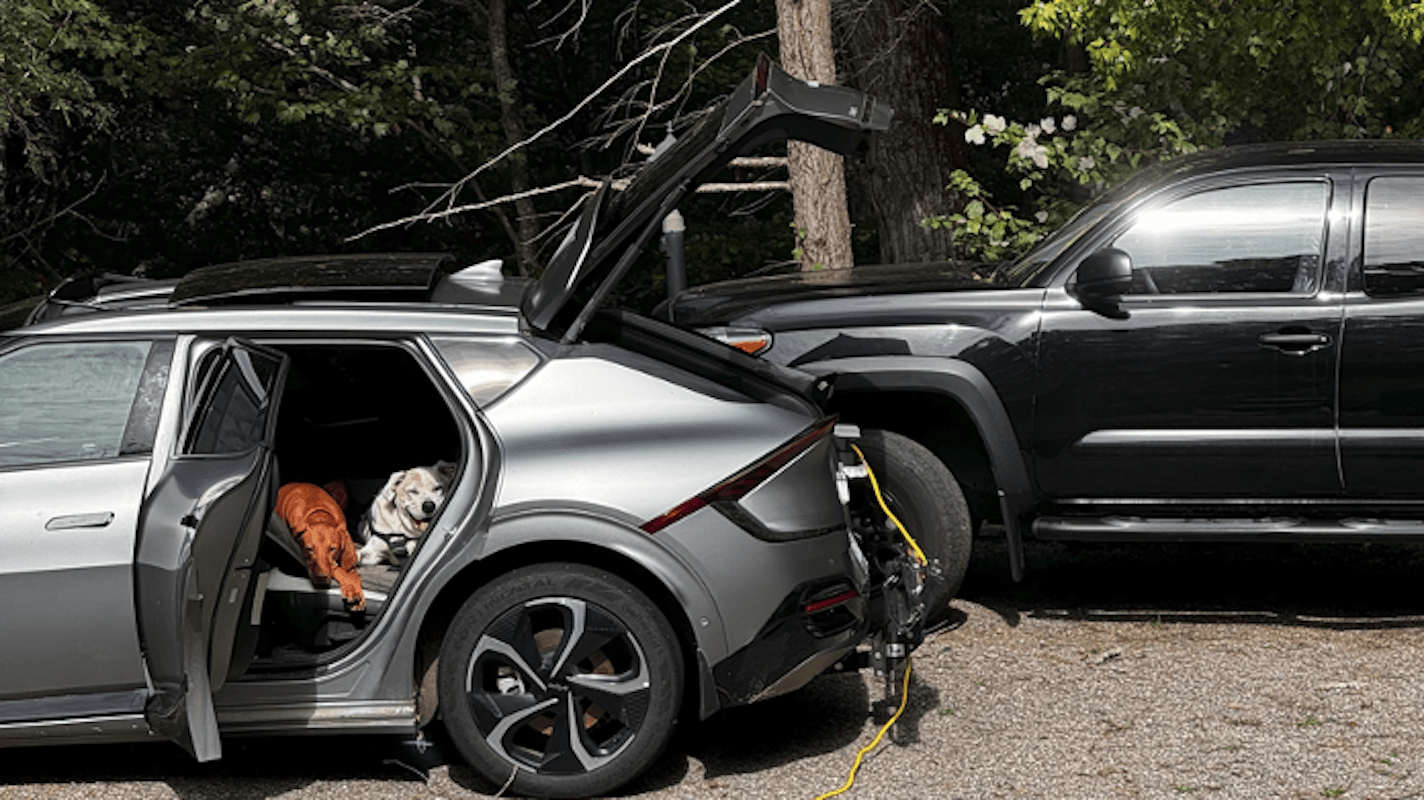Electric Vehicles Prove Their Worth During Hurricane Helene
Jason Smith, an expert in battery and hybrid technologies, never thought he’d be the type to fully embrace electric vehicles (EVs) until Hurricane Helene changed everything. As the owner of three electric motorcycles and three electric bicycles, Smith was already familiar with e-mobility. However, he had been waiting for the perfect combination of price, technology, and infrastructure before switching to an electric car.
That all changed on September 27, 2024, when Hurricane Helene tore through Asheville. Smith’s friends, who lived just 45 feet above the Swannanoa River, joined him and his family at his home near downtown to ride out the storm. Their preparations included a 3-kWh battery power station, city water, nonperishable food, and a gas stove – standard supplies for previous storms. But Helene was different.

The storm brought downed trees, power outages, and complete radio silence. The group used their battery power bank to keep the fridge running and the basement sump pump working, but it was clear they would run out of power by nightfall. That’s when one of Smith’s friends remembered the Kia EV6’s vehicle-to-load (V2L) charging capability, allowing the EV to become a power source for other appliances.
Within minutes, they connected an extension cord from the EV6 to their power bank, powering the essentials like the fridge, lights, and electronics. “The EV6’s 3.6-kW output was enough to keep us going during those dark, anxious hours,” Smith said. “It was a lifeline.”
As the community struggled to regain power, local Sam’s Club fast chargers became a lifeline for EV owners. Smith noted that the 20-minute charge time was not just practical but also therapeutic, providing an opportunity to share storm survival stories with others.

The experience was a wake-up call for Smith and his friends. By the time they returned home after the access road was cleared, nearly a month after Helene’s landfall, they were still using their EV to power their house. “Helene’s aftermath changed our views on preparedness,” Smith said. “I knew an electric car was in my future, but it looks like that future is here.”
The Joint Office is working to expand the national EV charging network, recognizing that accessible public chargers are crucial not just for daily life but also during emergencies. Smith’s experience with Hurricane Helene is a testament to the potential of EVs to provide power when it’s needed most.



